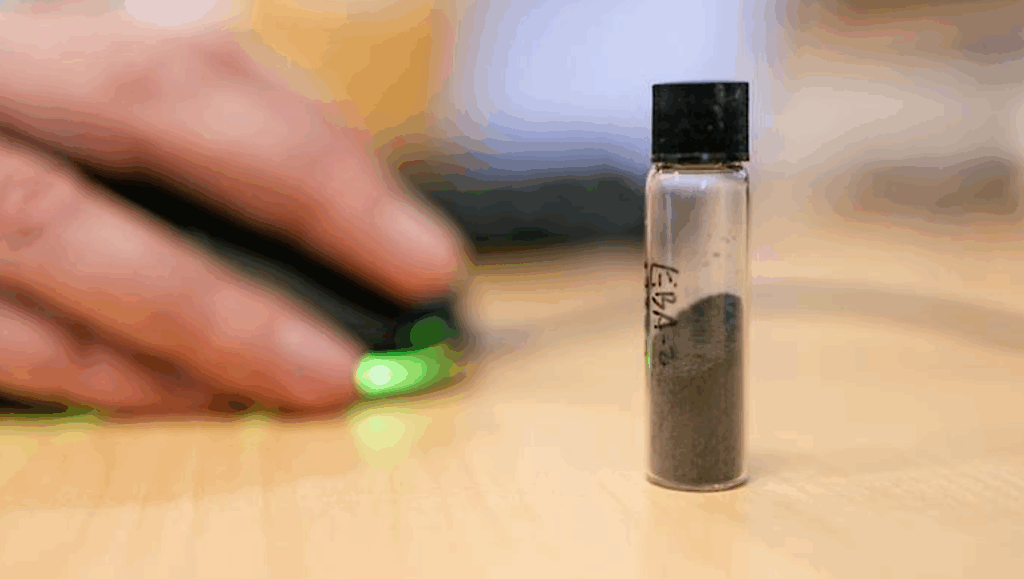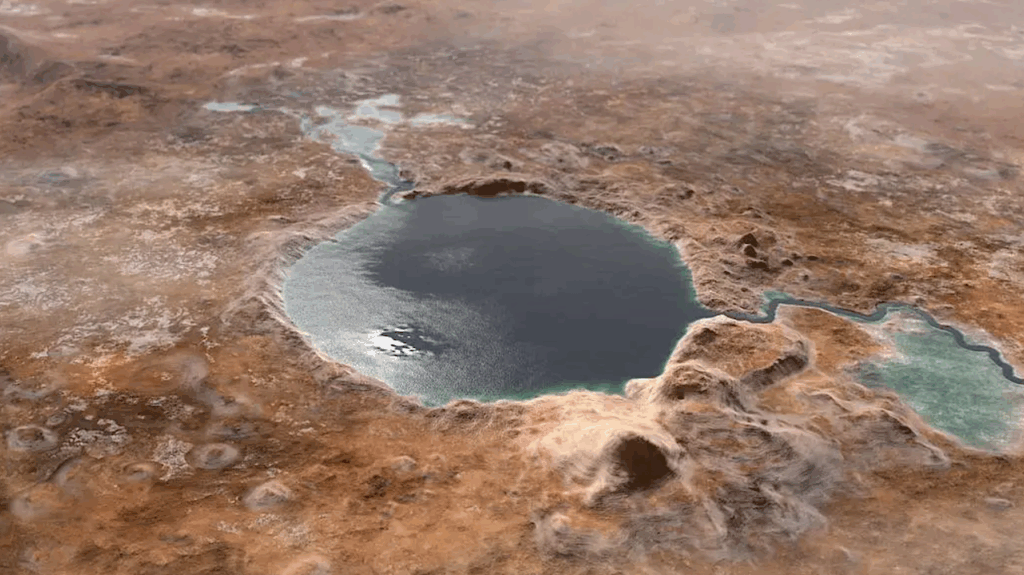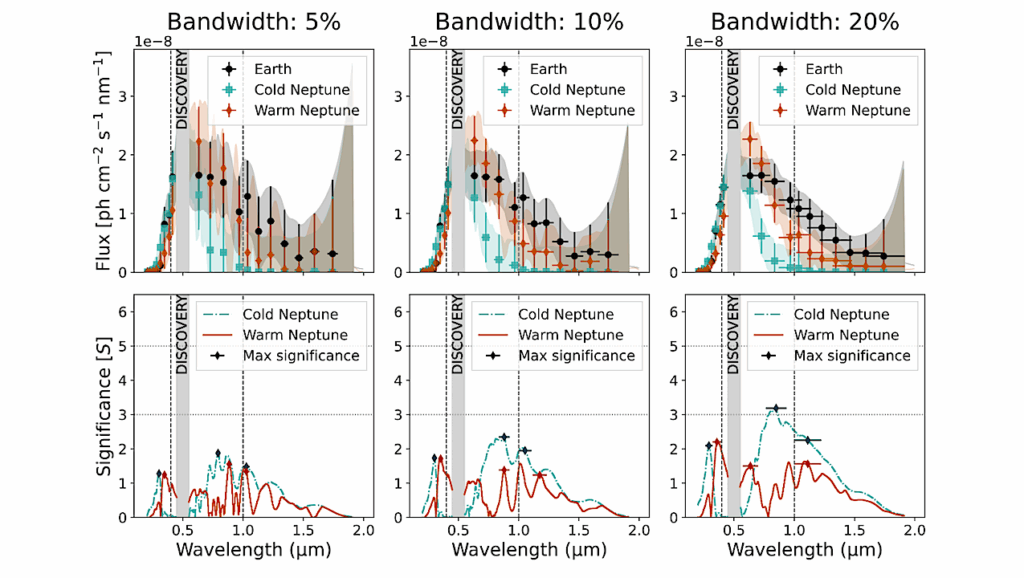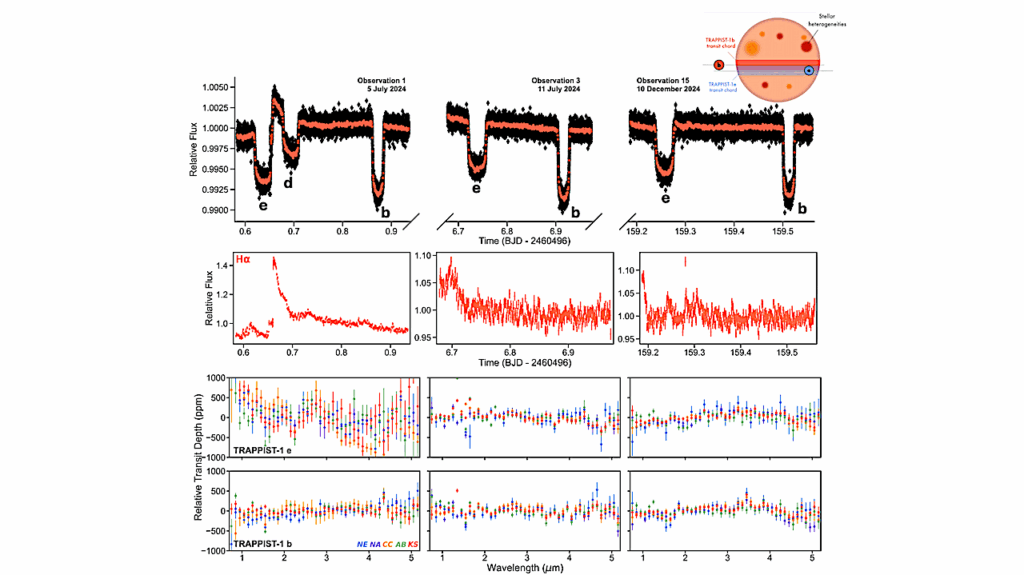The Bio-habitable Zone and Stmospheric Properties for Planets of Red Dwarfs

The Kepler data show that habitable small planets orbiting Red Dwarf stars (RDs) are abundant, and hence might be promising targets to look at for biomarkers and life. Planets orbiting within the Habitable Zone of RDs are close enough to be tidally locked.
Some recent works have cast doubt on the ability of planets orbiting RDs to support life. In contrast, it is shown that temperatures suitable for liquid water and even for organic molecules may exist on tidally locked planets of RDs for a wide range of atmospheres. We chart the surface temperature distribution as a function of the irradiation, greenhouse factor and heat circulation. The habitability boundaries and their dependence on the atmospheric properties are derived.
Extending our previous analyses of tidally locked planets, we find that tidally locked as well as synchronous (not completely locked) planets of RDs and K-type stars may support life, for a wider range of orbital distance and atmospheric conditions than previously thought. In particular, it is argued that life clement environments may be possible on tidally locked and synchronously orbiting planets of RDs and K-type stars, with conditions supporting Oxygenic Photosynthesis, which on Earth was a key to Complex life. Different climate projections and the biological significance of tidal locking on putative complex life are reviewed.
We show that when the effect of continuous radiation is taken into account, the Photo-synthetically Active Radiation (PAR) available on tidally locked planets, even of RDs, could produce a high Potential Plant Productivity, in analogy to mid-summer growth at high latitudes on Earth. Awaiting the findings of TESS and JWST, we discuss the implications of the above arguments to the detection of biomarkers such as liquid water and oxygen, as well as to the abundance of biotic planets and life.
Amri Wandel, Joseph Gale
(Submitted on 24 Jul 2019)
Comments: 23 pages, 5 figures, accepted for publication in the International Journal of Astrobiology. arXiv admin note: text overlap with arXiv:1802.00141
Subjects: Earth and Planetary Astrophysics (astro-ph.EP)
Cite as: arXiv:1907.11098 [astro-ph.EP] (or arXiv:1907.11098v1 [astro-ph.EP] for this version)
Submission history
From: Amri Wandel
[v1] Wed, 24 Jul 2019 16:40:45 UTC (1,326 KB)
https://arxiv.org/abs/1907.11098
Astrobiology








